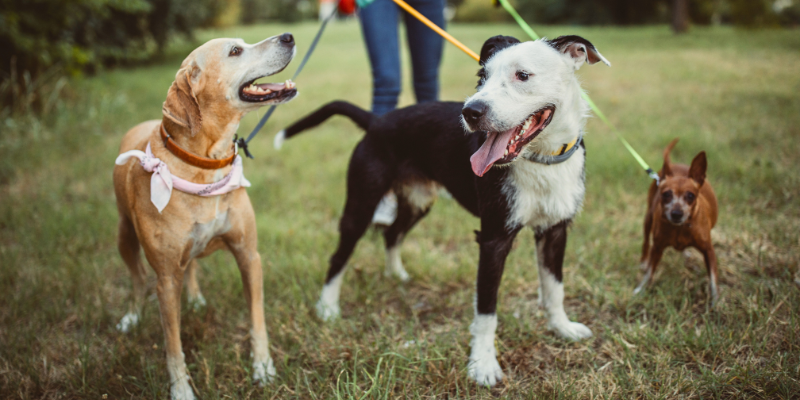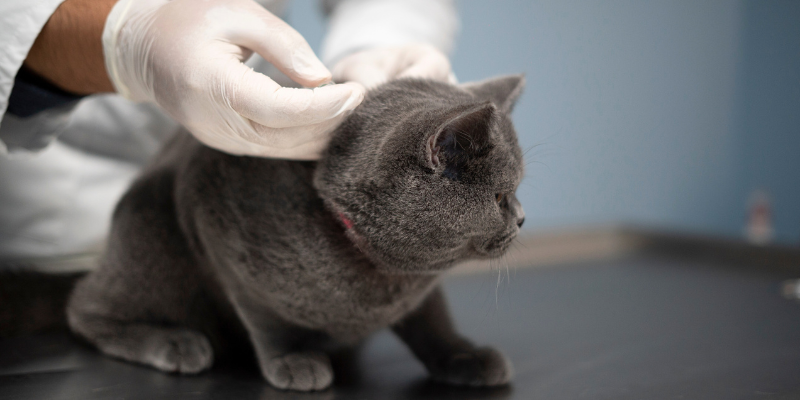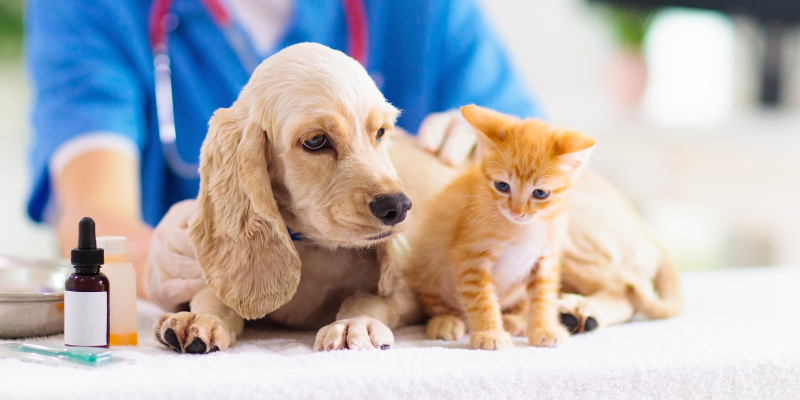[et_pb_section fb_built=”1″ _builder_version=”4.14.2″ _module_preset=”default” global_colors_info=”{}”][et_pb_row _builder_version=”4.14.2″ _module_preset=”default” global_colors_info=”{}”][et_pb_column type=”4_4″ _builder_version=”4.14.2″ _module_preset=”default” global_colors_info=”{}”][et_pb_text _builder_version=”4.14.2″ _module_preset=”default” global_colors_info=”{}”]
Did you know that keeping your dog in a slim and fit body condition is actually associated with a reduced risk of joint problems, heart and respiratory disease, diabetes and some types of cancer?
If your pet is carrying some extra weight, it might be time to take them to boot camp! Read on for our best doggo diet and fitness tips to get your pet feeling their healthiest.
Weight loss target
So, how overweight is your pet? And what is their target weight?
We can determine your pet’s current body condition score (BCS) by using this chart, with five being an ideal score. A score of six would mean that your pet is mildly overweight, whereas a score of seven-to-nine means they are moderately-to-severely overweight. If you’re unsure where your dog lies on the scale, or if they have any pre-existing health issues, then it’s recommended to consult our knowledgeable veterinary team for further advice.
Once we establish what condition your pet is in, we can then estimate their target weight. Progress can be monitored by re-weighing them every two weeks (with a weight loss goal of 1-2% of total body weight per week) and re-assessing their body condition score once weekly. This can be done at home, or in the clinic if you would like more assistance and encouragement with your pet’s weight loss journey.
Healthy diet
It’s important to be really honest about the amounts and types of food that you’re offering to your pet, as this will allow us to ascertain the most effective dietary changes for them.
Depending on your pet’s current body condition and their general lifestyle, we will suggest varying combinations of the following dietary changes:
- Eliminating excessive treats and table scraps from their diet, and ensuring any treats offered are healthy (e.g. high protein, low sugar foods or healthy vegetables, such as raw carrot) and tallied as part of their daily rations)
- For mildly overweight pets, reducing total daily food quantities by 10-20% (starting at the lower end, and restricting further if required later on)
- For moderately-to-severely overweight pets, switching to a prescription weight loss diet fed as per the label instructions, to help keep your pet from feeling hungry or developing nutritional deficiencies
Regular exercise
Regular exercise is important for keeping your pet’s metabolism chugging, and for helping to maintain healthy muscles and joints.
It’s important that you exercise your dog appropriately for their condition, as overweight pets are at higher risk of becoming puffed and dangerously overheated or sustaining joint injuries. It’s best to pick low-impact activities for your dog whilst they’re regaining fitness and strength, such as walking, short bouts of swimming or wading in shallow water. Aim for a gentle-to-moderate exercise pace every day, provided that it isn’t hot or humid weather. And if your pet is panting a lot, give them a break and offer them some water.
If you need any further advice on how to take your dog to boot camp, consult our helpful team. We promise – there will be no pain, and awesome gains!
[/et_pb_text][/et_pb_column][/et_pb_row][/et_pb_section]






